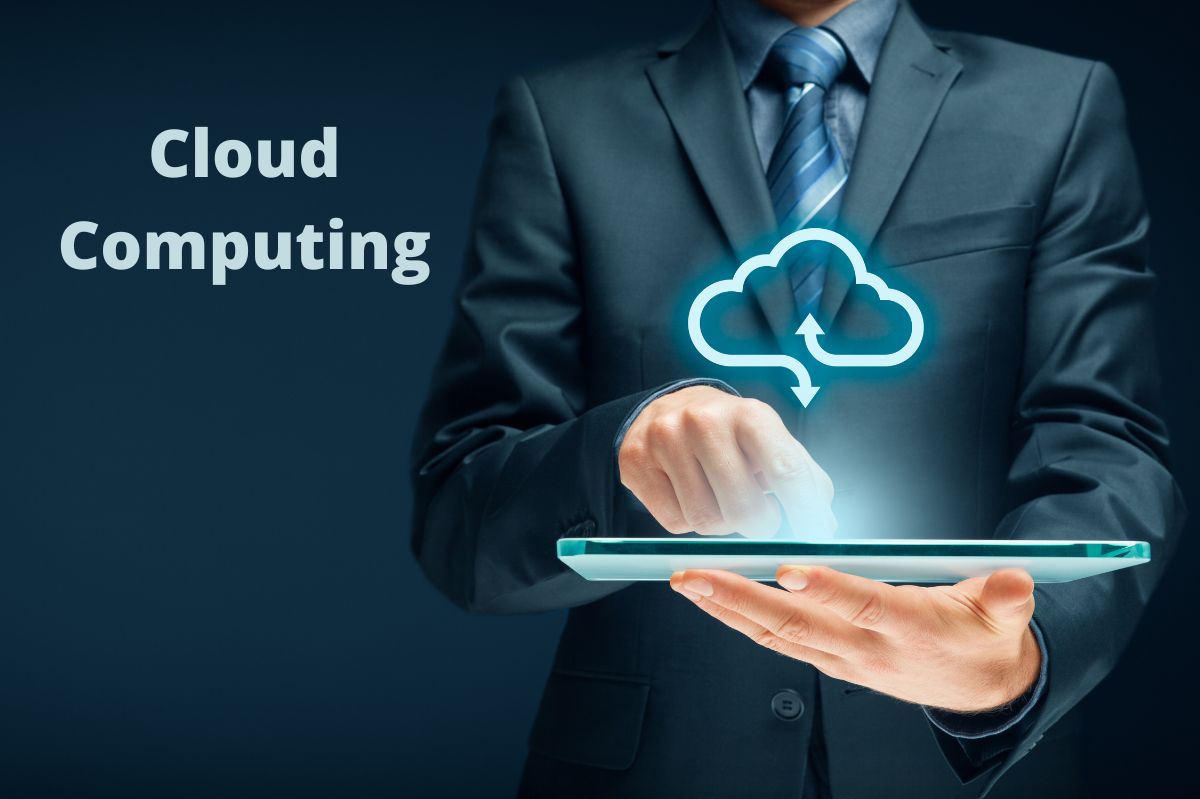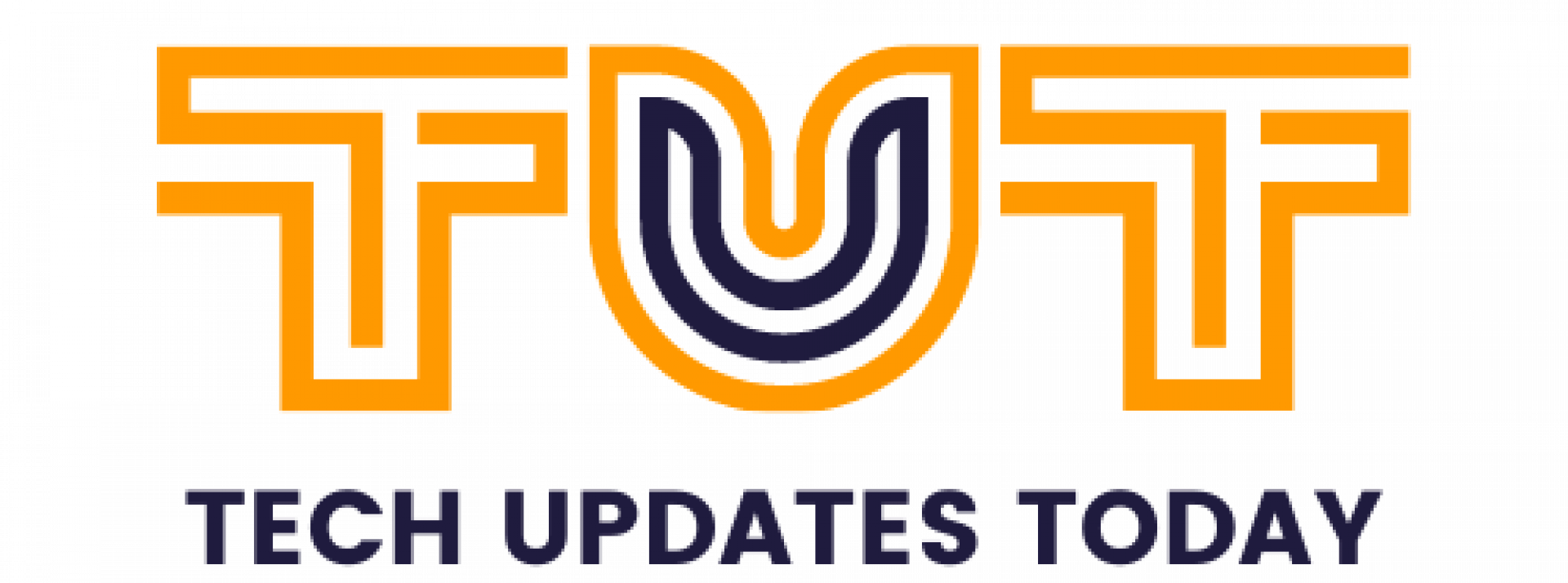How Cloud Computing Will Change The Way We Work

At its best, cloud computing is the way to work that allows companies to focus on performance in the most direct way possible, with minimal complications and disruptions. New benefits emerge when highly scalable and flexible computing technology blends with existing technology and processes.
Some fundamental aspects of cloud computing are agility, mobility, flexibility, and security. The goal is to obtain the desired and needed computing capabilities according to your needs.
Table of Contents
Some Examples Taken From Corporate Technology
In software development, it is possible to mention the continuous creativity of agile programming and the “launch and learn” characteristics of continuous integration and continuous distribution (CI / CD) along with the spread of open-source software.
Delimitation-oriented practices. In technological security, elements such as BeyondCorp, Google’s corporate security model for working with untrusted networks, foreshadow that work is done from anywhere and from any approved device, replacing the previous standard of firewalls and others. The devices transmit their status to a management host and are then authorized to access.
This way, access management occurs at the user and device level rather than at the network level—a fundamental paradigm shift.
As part of data collection and analysis, data streams are now being fed into existing machine learning systems for continuous learning and regulation.
Cloud Computing: A New Way Of Working
The transition to this new world represents a new way of working that presupposes a continuous flow. The products are never “finished”: updating and iteration are constant. The data analysis is not only faster, but it is also continuous and iterative.
It’s a whole new way to think and work in any IT environment. It is therefore logical that all this creates a social impact, both internally and with customers, produced by technology.
Collaborative technologies
Collaborative technologies, such as document sharing, allow you to move away from stopping and starting versions in favor of a continuous process of creating, modifying, and exchanging comments. One-click videos reinforce communication and speed up the action.
Prototyping
Prototyping and customization are easier and faster thanks to complex data flow in both directions. Over the product lifecycle, customer relevance increases with objects connected to the cloud and is subject to frequent software adjustments. These could be new versions of the subscription-based software or even changes to the performance of the hardware itself. An example can be found in 2018 when Tesla improved the braking capacity of its production cars by means of an over-the-air upgrade.
As awareness of clients’ behaviors increases, they consciously or unconsciously raise their own rods. This translates into their willingness to be both understood and anticipated about their future needs.
Il business
Slower-changing aspects of the business, such as supply chain and logistics, also evolve toward data flow processing capabilities. Blockchain technologies allow for specification changes and real-time payments. Virtual data warehousing and delivery services in the wake of Uber speed slower processes by making them continuous. Cloud-based companies streamline route management and automate compliance for faster operations.
How To Prepare For The Future With Cloud Computing: A New Way Of Working
To fully understand how to prepare for the future, it is helpful to first look at how these attributes emerge within the company.
One of the indispensable figures in this period of great change is certainly the Innovation Manager, who, by studying the dynamics of change, can lead companies towards new paradigms by developing their productivity and efficiency.
Also Read : Avoid Network Failures With Predictive Maintenance
